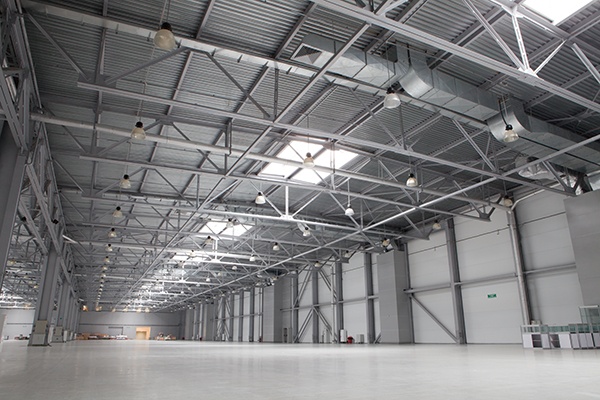
Believe it or not, the market for commercial warehouse space is one of the hottest in the commercial real estate industry. As companies rejigger their supply chains due to the shifting global economy and due to the ongoing convergence of traditional retail and ecommerce, the one constant has been a need for more warehouses of more types. Here are some important tips to follow so that you can find the right space at the right place:
Don't Go It Alone
Even if you could find every single warehouse space available -- and most tenants can't -- having a broker represent you would still bring value. Negotiations for commercial warehouse space are complicated and having someone on your side can help to ensure that you get everything to which you are entitled. Your broker can also save you time and effort.
Sweat the Small Stuff
Little details can have significant impact on how well your company's warehouse works. Dock doors on the wrong side of the building could mean that your laborers have to make longer trips to get products in and out, slowing down your shipping and receiving efficiency. Column spacing that is off by a foot or two could reduce how many items you can store, effectively making the space smaller. While a broker can help you, space planners, logistics consultants and engineers are also good resources to keep on hand.
Think About the Cube... But Not Too Much
Unlike office and retail space, most users consider commercial warehouse space on the basis of its measurements in cubic foot. While higher ceilings might make an office more comfortable, they probably won't enable to to squeeze in more people. In a warehouse, though, higher ceilings (referred to as "clear height") mean that you can use taller racks and store more product.
However, height isn't always as good as length or width. Tall ceilings require special racks and special equipment. In addition, it is frequently easier to get to items that are closer to the ground. With this in mind, work with your planning team to find out what height is right, instead of just looking for the tallest space possible.
Location, Location, Location
Just like other types of commercial real estate space, location is an important factor in choosing your company's next warehouse. However, the locational factors you consider in judging commercial warehouse space are different. Typically, you don't need prestigious co-tenants or high traffic counts. Instead, you want proximity to transportation infrastructure and easy access for trucks. A skilled logistics workforce and also be helpful to have. Furthermore, you will want to find a location that is appropriate for your task. Regional distribution centers might be best located in rural areas where space is cheap and highways are unclogged, but local delivery facilities probably have to be closer to town.
Plan for Growth
If everything goes well, the commercial warehouse space that perfectly matches your company's needs today probably won't meet your needs tomorrow. As your company grows, you usually end up with more product to store. Unfortunately, while you can usually squeeze more workers into an office, you can't squeeze a 48-by-40 inch pallet into a 36-by-36 in square. As such, use a tool like our Warehouse Space Calculator to see how much space you need today and how much you will need in the future as your business grows. That way, you can sign a lease that suits your needs for its entire term.
Check out our other CRE Calculators here
If you liked this article, here are some other Warehouse articles:
Best Warehouse Space Markets for 2016
High Tech Warehouse Innovations
Seven Must Haves for Your Warehouse Space
Subscribe for more great CRE tips!








